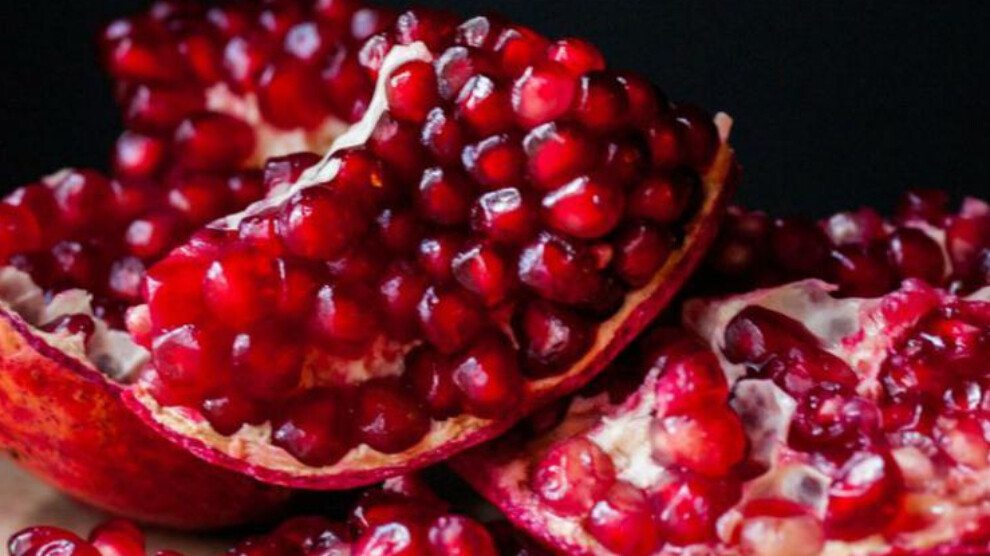The 2nd Nar (Pomegranate) Festival opens in the town of Susê
The 2nd Nar (Pomegranate) Festival has started in the town of Susê in Deir ez-Zor.
The 2nd Nar (Pomegranate) Festival has started in the town of Susê in Deir ez-Zor.

The 2nd Nar (Pomegranate) Festival, organized jointly by the Susê People's Assembly and the Deir ez-Zor Civil Council, has started. Assemblies in Deir ez-Zor, as well as farmers and local people attended the festival, which was organized to develop and encourage pomegranate production, as well as support farmers.
The festival, which started with the speech of Ali Selûm, one of the wise men of Susê, continued with information given by a pomegranate producer named Casim Faris about the history of the ancient fruit.
After the speeches, songs and poems about pomegranates were sung.
At the end of the festival, the members of the jury examined the pomegranates participating in the festival and evaluated the producers.
The history of pomegranate
The pomegranate tree is native from Iran to the Himalayas in northern India and has been cultivated since ancient times throughout the Mediterranean region of Asia, Africa and Europe. The fruit was used in many ways as it is today and was featured in Egyptian mythology and art, praised in the Old Testament of the Bible and in the Babylonian Talmud, and it was carried by desert caravans for the sake of its thirst-quenching juice. It traveled to central and southern India from Iran about the first century A.D. and was reported growing in Indonesia in 1416.
As befits a fruit with many seeds, the pomegranate is the traditional representation of fertility, and seems to have its origins everywhere. We see it in the Middle East and India. The pomegranate was cultivated in Egypt before the time of Moses. It was found in the Indus valley so early that there is a word in Sanskrit for pomegranate. Indian royalty began their banquets with pomegranate, grape, and jujube. Arab caravans, many emanating from the lush oasis that was ancient Baghdad, probably spread its use.